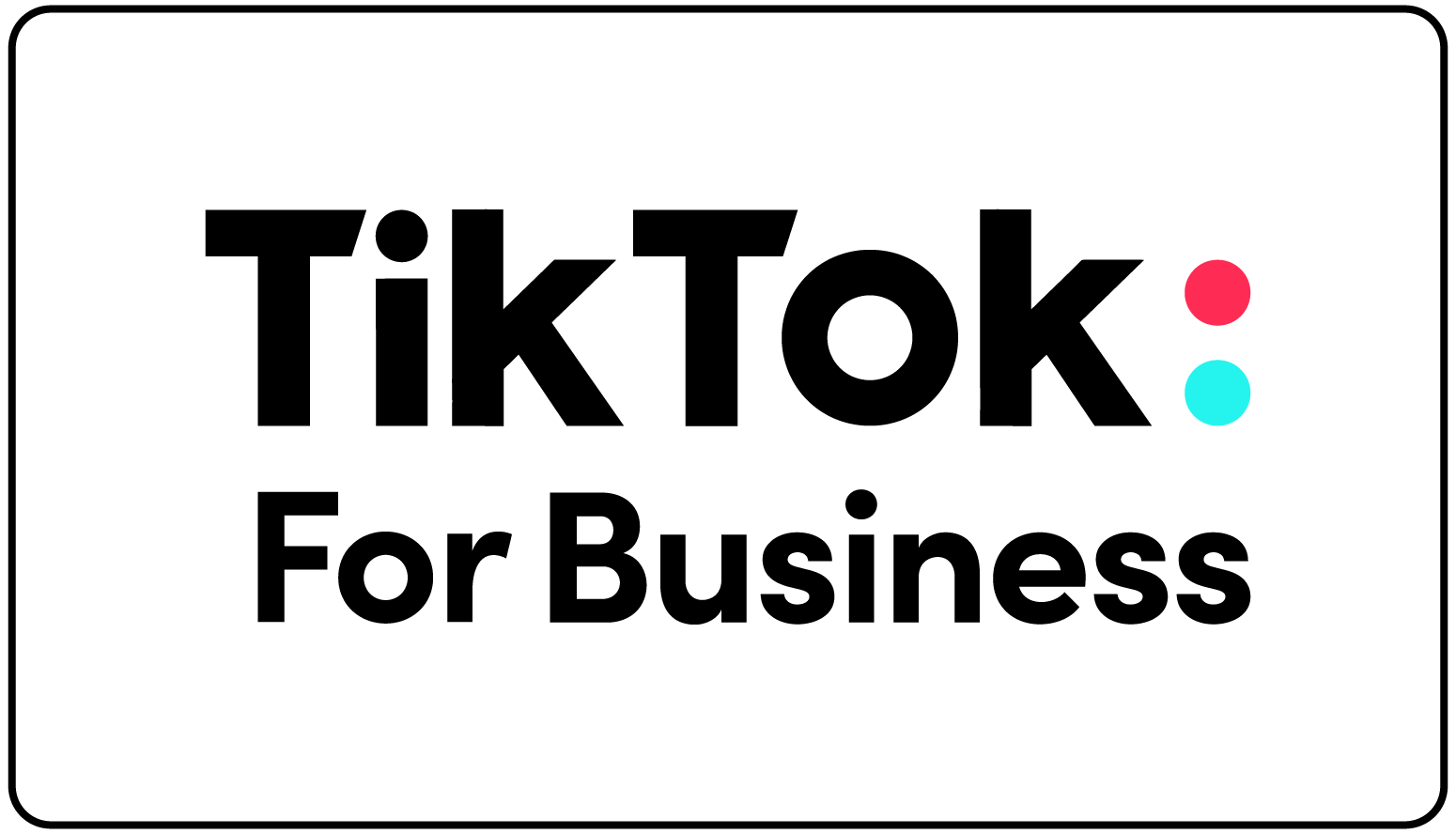There is not a one-size-fits-all when it comes to attribution models; it’s important to find a model that aligns with the advertiser’s strategy, goals, and objectives. The key to understanding which attribution model may be right for you is to look at each of their rules and how they measure conversion credit. So how do you start? What should you do to make sure you pick the right model that will provide the most accurate measurement of your marketing activities? Here’s a six-point checklist that will get you on the right path.
Establish the stages of your funnel.
This is essential. As we all know, funnel stages are the foundation of any worthwhile marketing strategy. It’s important to track consumer behavior from start to finish, or from the top of the funnel all the way down to the bottom. Start by defining the three stages of the marketing funnel as they relate to your business::
- Awareness. The user is first introduced to your brand, whether they see an ad, search for keywords relevant to your business, hear from friends via word of mouth, etc. This is the discovery phase of the funnel.
- Consideration. They are interested in what you have to offer. They might sign up for emails, browse different products on the site, or share your brand’s content with friends on social media.
- Conversion. The user completes your brand’s desired action or KPI. This may mean that the consumer made a purchase, filled out an application, scheduled an appointment, etc.
Establish the purpose of your campaigns.
What goals would you like to achieve with your marketing campaigns? Do you want to increase brand awareness for your business? Are you trying to acquire more purchases or lead volume? Do you have specific ROI targets that you need to hit? List all your channels and tag each one with a specific goal.
Tag your marketing campaigns.
Attribution works in Google Analytics through tagging. By adding UTM parameters to your URLs, you’ll be able to see which marketing channels and campaigns are driving conversions for your business. Facebook Attribution allows third party tagging, which means that you can add impression and click tags to campaigns on other platforms such as Google and Pinterest. These tags pull campaign information (including their names, spend, conversions, and value) into Facebook so you can accurately compare metrics across all platforms that partner with Facebook Attribution.
Check your cost per acquisition (CPA).
Do you know how much you spend on each conversion? You will if you check your CPA. This metric will help you see which platform is driving the cheapest results and also figure out where and how to invest in the future.
Diversify your reports.
One report won’t give you the full picture. Instead, you need multiple reports that match up with your marketing objectives and goals. We would recommend consulting three different reports or data sets in order to make informed and thoughtful decisions about how to allocate your marketing budgets. Make sure you create reports that show marketing’s impact on your sales pipeline and revenue, channel performance, specific campaign metrics and ROI, and account-based KPIs.
Test, test, test.
The only way to know if your selected attribution model is effective or not is to test it out. One test won’t do it, either. Try to test a few times so you can understand the value of one attribution model over another. During this period you can review the results of each one, change strategies, and optimize your campaigns to achieve your desired goal.

